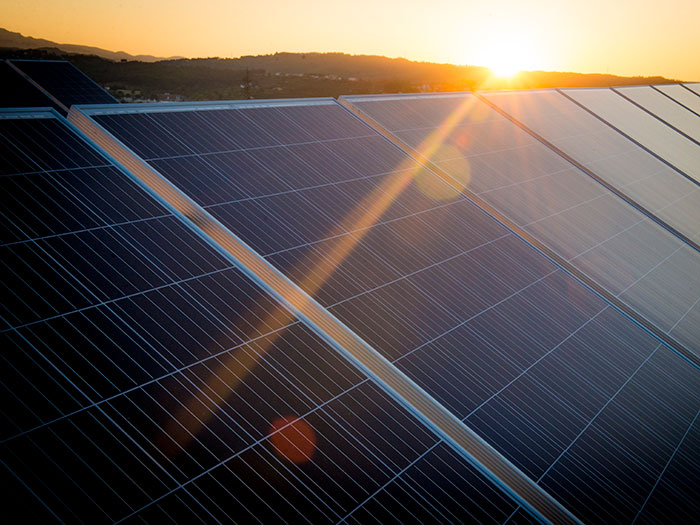Move to Zero: SEAT’s environmental mission
Since 2010 SEAT has decreased production-related CO2 emissions by 65%, with 38.5% less waste generated over the past year. The goal is to lower the environmental impact by 50% by 2025 and become carbon neutral by 2050.
SEAT is continuing to work on reducing the environmental impact of its activities: since 2010 it has recorded a drop of 43% in its five main production-related environmental indicators, including energy and water consumption, waste generation, volatile organic compounds and CO2 emissions. In this way, the Spanish company is taking a major step towards achieving its objective for 2025 – a reduction of 50% compared to 2010.
“Reduce” is the watchword
Specifically, over the past 10 years, SEAT has curbed its energy and water consumption by 26% and 32% respectively, improved its waste management by 58%, and reduced the emission of volatile organic compounds by 23%. In addition, it has dramatically lowered (by 65%) the emission of CO2 generated in the various production phases. This ongoing commitment saw the company investing 27 million euros in environmental initiatives and projects in 2019 alone.
The fight against waste

And last year SEAT also implemented effective measures to produce less waste and treat all waste it generated more efficiently. A comprehensive approach was taken to achieve this, with the introduction of new recycling and revaluation processes. As a result, waste was reduced by 38.5% in a single year, achieving a 58% reduction since 2010.
Waste has gone down by two kilos per vehicle produced. Highlights of the measures applied include the reduction of product packaging and putty destined for disposal, the improvement of waste separation and treatment, and the replacement of plastic bottles with reusable ones, which the company has distributed to its employees. This last initiative alone has helped to eliminate 22 tonnes of plastic per year.
Energy efficiency

Focusing on energy efficiency is key to reducing CO2 emissions. SEAT has implemented a project to recover energy from paint drying oven chimneys. This results in annual savings of 11.7 GWh in natural gas consumption, the equivalent of the needs of close to 2,400 Spanish homes in an entire year. Thanks to this plan, 2,400 tonnes of CO2 are no longer emitted each year.
A further example can be found in the paint shop where, after being separated and cleaned, the water used to spray paint the vehicles is returned to the process in a completely closed circuit.
Protecting the environment

The environmental dimension is one of the cornerstones of SEAT’s sustainability strategy, as its Ecomotive Factory plan, launched back in 2010, demonstrates. The plan aims at minimising the impact on the environment of the SEAT factory in Martorell as much as possible.
In addition, last year SEAT employees planted hundreds of trees from different species in the Llobregat Delta, part of a habitat restoration project in an location close to two of the company’s production plants – SEAT Barcelona and SEAT Componentes – with the aim of preserving biodiversity in the area.
Move to Zero
The increasing focus on caring for the planet can be seen in the corporate mission, Move to Zero. Its ambition is to minimise the environmental impact of all mobility products and solutions throughout their lifecycle, from the procurement of raw materials and production to the end of their useful service life. Move to Zero is aligned with the sustainability commitment of the company and the Volkswagen Group, and will contribute to achieving the objectives set out in the Paris Climate Agreement. The common long-term vision is to be a carbon-neutral company by 2050.
Source: SEAT S.A.
